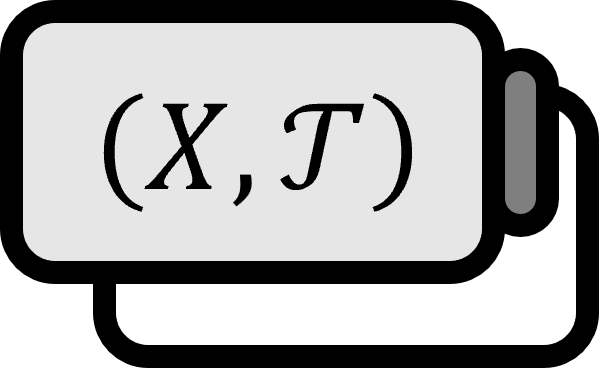Open Functions and Closed Functions
Definition
Let’s say for a topological space $X,Y$ that $f : X \to Y$.
- For every open set $O \subset X$, if $f (O)$ is an open set in $Y$, then $f$ is called an open function.
- For every closed set $C \subset X$, if $f (C)$ is a closed set in $Y$, then $f$ is called a closed function.
Theorem
In particular, a continuous function has the following property:
- [1]: If a continuous function $f : \mathbb{R} \to \mathbb{R}$ is a bijection, it is both an open and a closed function.
The above property briefly summarizes a very special case of the theorem below:
If $f : X \to Y$ is a bijection, the following propositions are equivalent:
- (1): $f^{-1} : Y \to X$ is a continuous function.
- (2): $f : X \to Y$ is an open function.
- (3): $f : X \to Y$ is a closed function.
Explanation
Note that, as in the definition in sets, open and closed are not mutually exclusive concepts.
The equivalence condition (1) implies $f^{-1}$ being a continuous function can be conveniently used in discussions about topological equivalence.
An example showing that the concepts of openness and closedness are not necessarily related to continuity is the floor function $\lfloor \cdot \rfloor : \mathbb{R} \to \mathbb{R}$ which is not a continuous function, but a closed function:
- It is self-evident that $\lfloor \cdot \rfloor$ is not a continuous function.
- For any closed interval $[a,b]$, since $\lfloor [a,b] \rfloor \subset \mathbb{Z}$, $\lfloor \cdot \rfloor$ is a closed function.
Proof
[1]
For any open interval $(a,b)$, since $f(a,b) = (c ,d)$, $f$ is an open function.
For any closed interval $[a,b]$, since $f[a,b] = [c,d]$, $f$ is a closed function.
■
